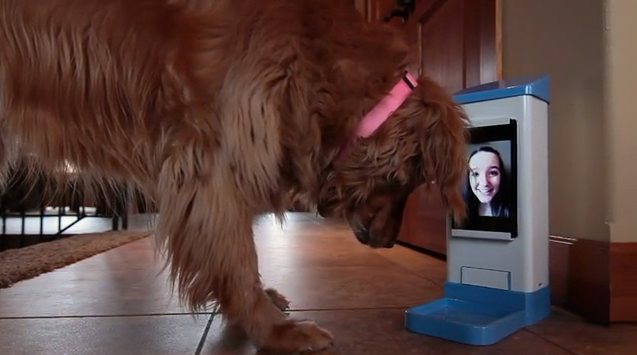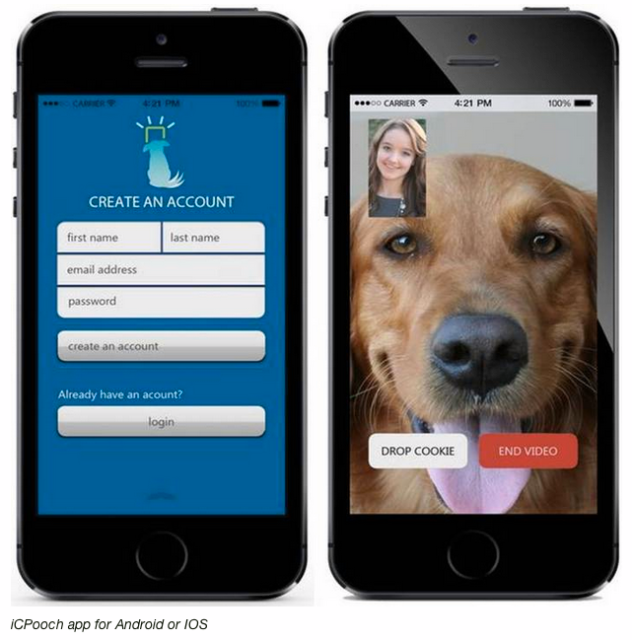Enterprise users who want to use common file-sharing services like Dropbox and Google Drive have a big problem: their IT guys will always be worried that one hacker will be able to bring down their internal network. A new service called nCrypted Cloud is trying to assuage this fear by encrypting everything, everywhere, and offering an audit trail to see who accessed what files when.
In short, nCrypted is supposed to encrypt everything on your Dropbox, Google Drive, SkyDrive and Box accounts. While that may sound boring to the average user, imagine the importance if, say, you were using your cloud storage as a place to stash business documents or important photos and video?
Founded by repeat entrepreneur Nicholas Stamos and encryption master Igor Odnovorov, the company raised $3M in a seed round from angels at Microsoft, Cisco, Reveal Imaging, and Broadcom. They are currently looking for a Series A.
The system works by first encrypting files on the fly as you add them to your shared drives. You can also encrypt files as needed. It also creates a paper trail so IT departments can see who encrypted and decrypted what during the files’ lifecycle.
“The PCS model nCrypted Cloud implements enables IT to delegate the responsibility of protecting shared data in the cloud to their end users. But with responsibility comes accountability. nCrypted Cloud provides network agnostic, device agnostic, and cloud storage agnostic forensic level data usage auditing, allowing centralized visibility and oversight of user activity,” said Stamos.
They also have plenty of traction.
“Our users have generated over 100M audit events, and encrypted over 10M files. Most customers are large enterprise users, so for security reasons, we do not disclose the actual number of users,” he said.
The company also offers personal versions of its software for smaller users. It is available for free on the site. You can check out the enterprise version here. Stamos says the app is about accountability and not overarching, top-down control.
“For the first time, IT is given a looking glass into where data is going and being used outside the organization, and on non-corporate devices. Anomalies are easily detected and corrected. This is an accountability based model; it’s the only way to scale; and it’s the way our society works. A good parallel is that most states have speed limited to 65 mph. But cars are not limited to 65 mph. Why not? Because we have decided that drivers can be held accountable for their actions, and traffic flows freely. We need the same model to balance the corporate requirements of protecting data, while allowing business users to move as quickly and efficiently as possible. nCrypted Cloud solves this problem and provides that balance,” he said.
Via: techcrunch



